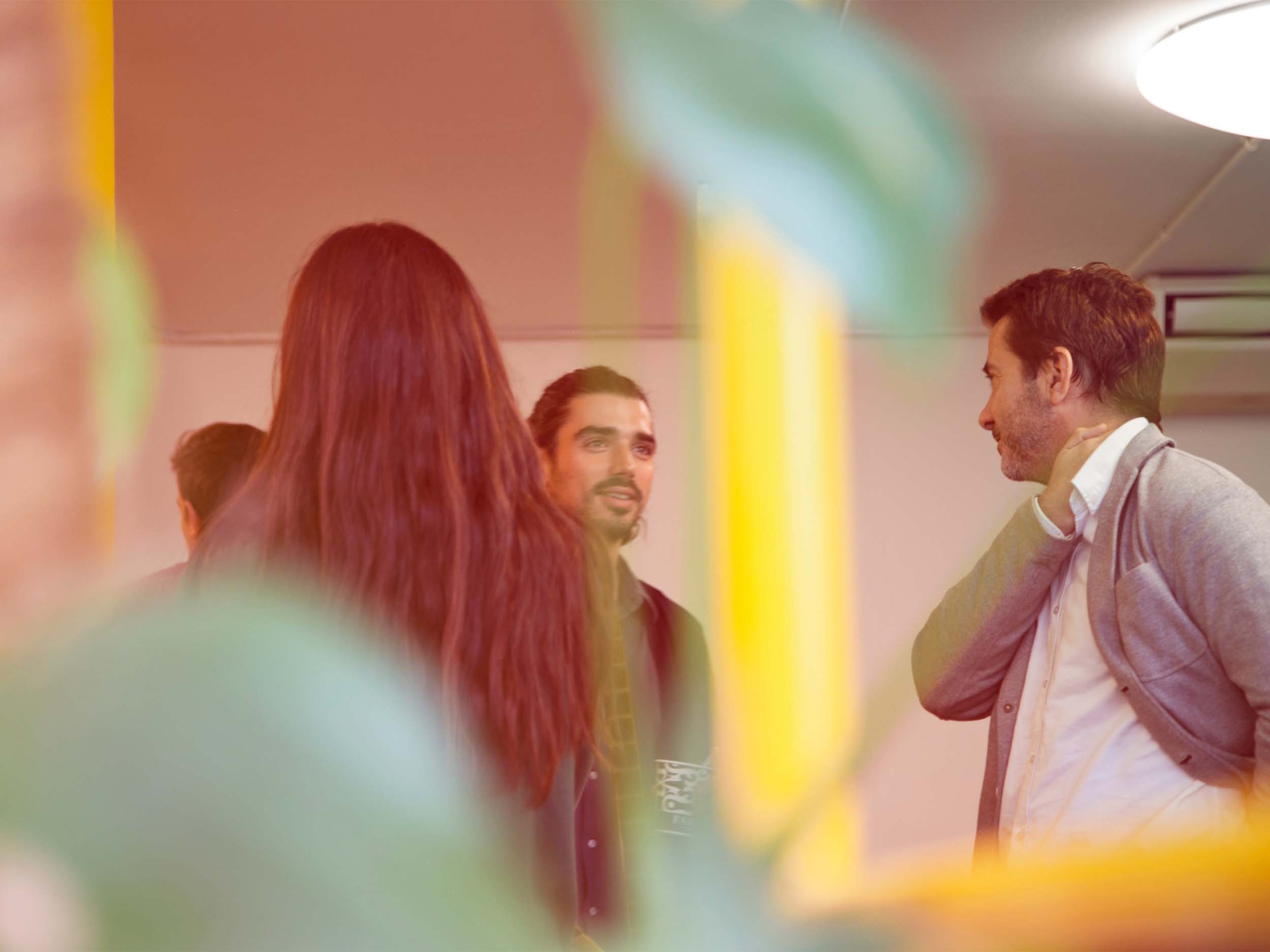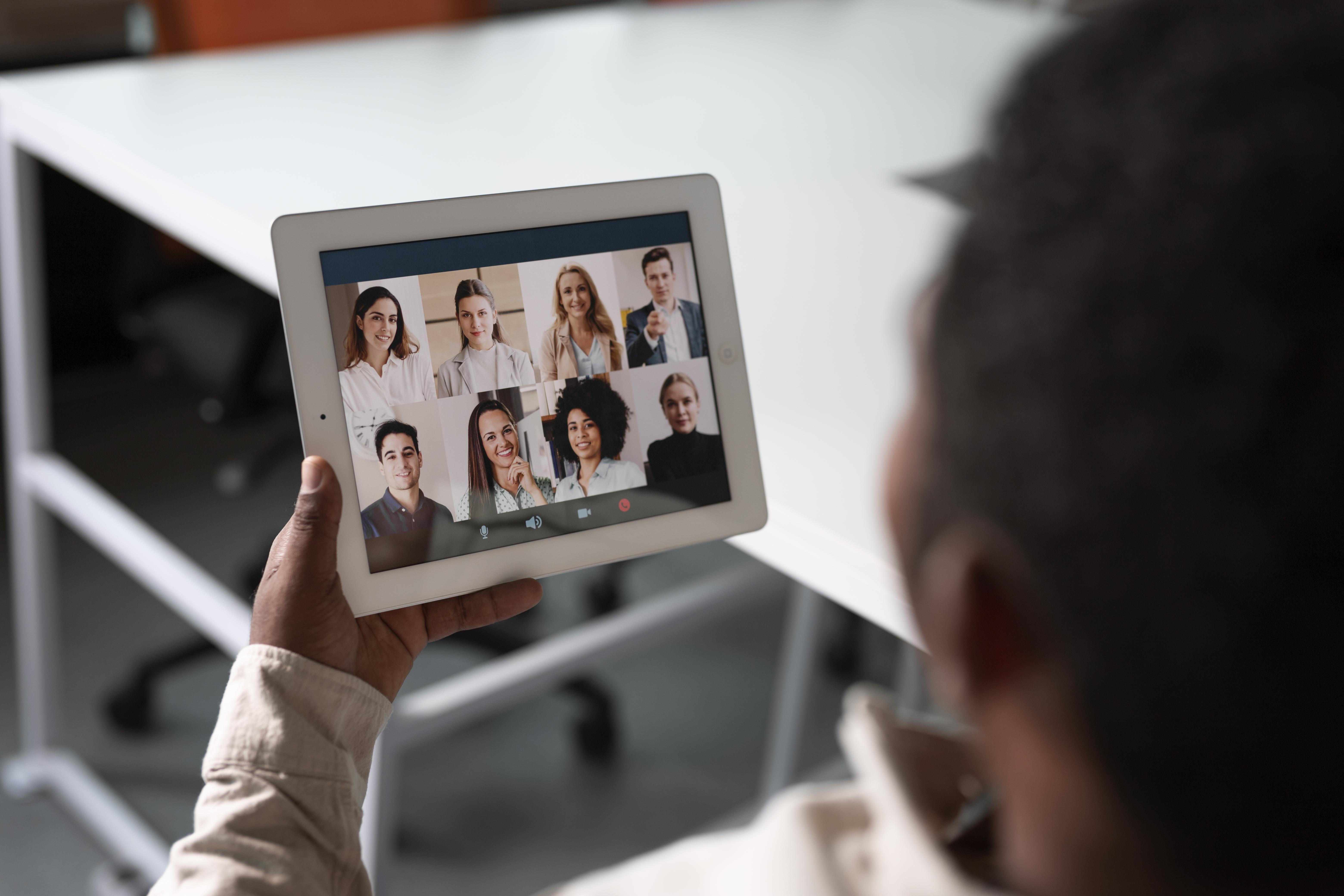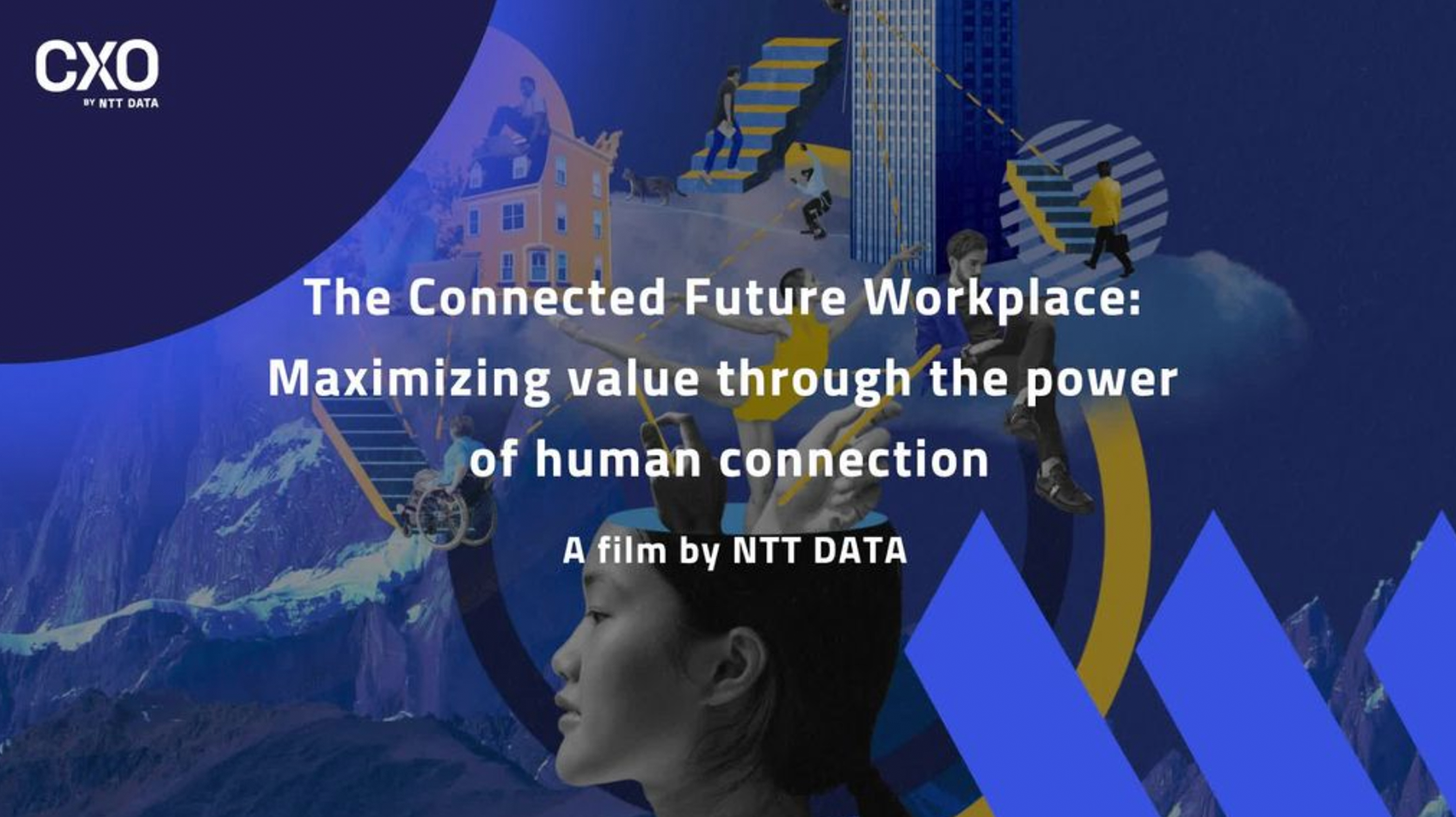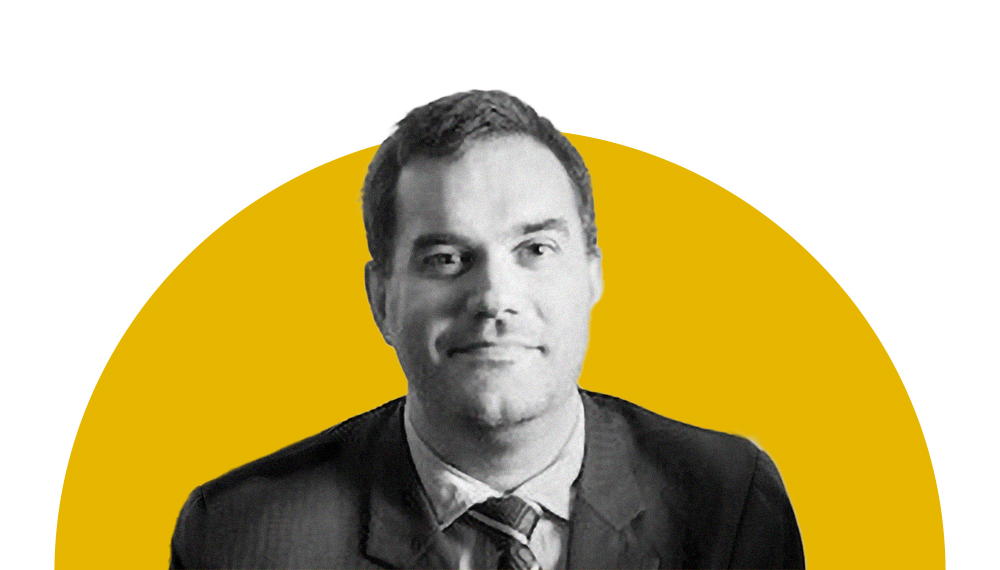
Technology has always been a double-edged sword. On the one hand, it is the destabilizer that turns the world on its head: the destroyer of business models, markets and long-established ways of working. But it’s also an enabler: the lever, the connector that makes so much more possible.
Technology-driven change happens continually. But back in the spring of 2020, the pace of change accelerated massively when most of the world found themselves living with pandemic-induced restrictions on traveling and socializing – by the end of March, well over 100 countries were either in a full or partial lockdown. Suddenly, we were at a massive inflection point, with millions of businesses forced to rethink their workplace-based systems and structures. And for many, within a short time, home-working became the new normality.
Did this cause disruption? Of course. Most businesses took a big hit and for many the shock was too great to survive. Those best protected were the ‘connected organizations’ that were already some way along the digital track. At NTT DATA, for instance, our agile model, technical expertise and technology infrastructure meant we could accommodate total remote working relatively easily.
It was still a challenge; trying to maintain business continuity at a time of great uncertainty always is. But our readiness from a technical and cultural perspective meant that we remained strong – and kept our word that there would be no enforced redundancies or layoffs. Not every company, unfortunately, is able to say the same.
The foundation of connection
Now that the pandemic is receding behind us, would I want to move to a completely remote working model, as some organizations have chosen to do? No, and this is why.
For me, the foundation of NTT DATA’s resilience is not the person at the top, nor the strategies that we use: it is our corporate culture, the values and behaviors that define how we do things.
What we do, what we say and how we say it when we meet others may be small and seemingly inconsequential but cumulatively it makes up the glue that binds us together, as a team and as a business.
And I believe that to maintain your organization’s culture you need some element of in-person working, or you lose the small, everyday interactions that occur between people. What we do, what we say and how we say it when we meet others may be small and seemingly inconsequential but cumulatively it makes up the human glue that binds us together, as a team and as a business.
So, for me, without some element of face-to-face connection, the essence of our culture becomes diluted. Just looking at each other on a screen is not enough. And I’m certainly not alone in this. Research shows that three-quarters of C-Suite executives believe that their company will be financially worse off without in-person working.
The conundrum of culture in remote workforces
Contrary to popular belief, it’s not impossible to create and maintain a strong culture in a remote company. Essentially that’s what I had to do for a year during lockdown. As a new CEO, only three weeks into the job, I can tell you that trying to understand the culture of a 2,000-employee company without meeting anyone was not ideal, but we made it work.
The reality is that there is no solution except technology to bringing together colleagues in offices that may be in different countries thousands of miles apart. And by adding in central wikis and content management systems, it’s technology that enables employees to benefit from (and contribute to) the knowledge of others, wherever they are – generating a synergy that is greater than the sum of its parts.
But I believe now, almost three years later, as a regional CEO with more than 16,000 employees, such digital infrastructure needs to sit alongside physical personal interactions. In recent weeks I’ve been in Peru, Colombia and Brazil: my actually being there, with our teams, brings a different kind of energy to our meetings and interactions.
So, although we have the tools to allow 100% remote working, that doesn’t mean we should feel obliged to work remotely. There are many types of business where this model simply doesn’t work, not to mention people for whom workplace routines and interactions are core to who they are, how they wish to structure their day and how they organize their working life.
Inflexibility is bad for business: it’s bad for recruitment and it’s bad for retention. Your staff are too precious a resource to gamble on how they’ll react to an ultimatum.
While I’m enthusiastic about being in the office, it doesn’t mean I’d ever consider coercing or threatening people back to their desks. That just doesn’t work these days. Staff will become resentful, creating tension and souring relationships. If you try to do that, you just get a backlash. Look at what has happened at Apple, Tesla and AT&T. Inflexibility is bad for business: it’s bad for recruitment and it’s bad for retention. Your staff are too precious a resource to gamble on how they’ll react to an ultimatum.
My recommendation (and what I always strive to do), is find ways to meet the needs of those who want to work from home, while encouraging them back into the office at the same time.
A suggestion for the optimal hybrid environment
At NTT DATA we have the concept of ‘responsible freedom’. This is about encouraging people to see their individual preferences within a wider context, and I think this is key to creating the optimal hybrid work environment.
In other words, people should recognize the needs of others and be willing to change their behaviors to accommodate these. So, when our preference impacts others, we must be ready and willing to compromise. As an example, say you don’t like having meetings first thing in the morning because it interferes with taking your children to school, but others in your team do like meetings at that time because it fits with their early starts. If everyone holds their ground this creates conflict and tension between colleagues. It is a suboptimal solution.
However, if people show ‘generous flexibility’ and work in a way that helps others – and do so without resentment – it’s a win for everyone.
So, at an organizational level, I am happy for people to work from home, but I also see it as part of my job to persuade them that by coming into the office three or four times a month they will be adding value both to the business and those colleagues who prefer in-person working in an office environment.
Yes, it may mean they have to commute maybe once a week, but this is a way of making a contribution to the collective good through better team bonding, solution creation and collaboration. When people understand this, they don’t resent it.
But you can only get to this position by making sure that coming into the office is worthwhile. The office must be a destination, somewhere you want to go to because you can do something more or different when you’re there (not a venue for pointless meetings).
If you can achieve this, you create the sense of community needed to bind together a workforce that’s not only geographically dispersed through home-working, but is also generationally diverse. And again, this is where being together in a physical office is important.
To ensure that hard-won wisdom and experience stays within your organization, you need that knowledge and skills flow between all generations, from Boomers to Gen Z. Facilitating this flow is much easier when you have in-office working because, particularly when starting out in our careers, people absorb knowledge simply from being around more experienced colleagues. The discussions shared, the meetings attended and the nuggets of information that pass between us create a body of knowledge by osmosis. And that can’t happen if your business is entirely virtual.
A new management mindset
Of course, instilling generous flexibility in a company requires you to focus more than ever on making your employees feel valued, trusted and safe.
So, if you’re not prioritizing their mental health and wellbeing, or failing to promote Diversity, Equity & Inclusion (DEI), then many of your best talent will leave or ‘quietly quit’.
This means there is no longer any room for micromanagement if you are to provide the empathetic leadership that creates employees who are more productive, loyal, engaged and creative – research shows that when the workforce believes their managers care about their welfare, they generate more and better ideas.
Employees are looking for safety, and this is something that can only exist in companies where there is transparency and trust.
And this is even more the case after the collective trauma of going through Covid-19. Employees are looking for safety, and this is something that can only exist in companies where there is transparency and trust.
At NTT DATA, I believe that we exhibit not just those characteristics but also real purpose – and purpose is what people buy into. Whilst you need profit of course, it should not be at the expense of everything else. That is why we talk about delivering ‘technology with purpose’ for our clients and those in the wider community. I am so immensely proud of the work we do helping educate thousands of people in Latin America, for instance, which is just one of our social responsibility programs.
Remote and hybrid models are becoming embedded and are likely to remain a major component of the working landscape. Of course, it is technology that creates the connection that makes this possible, so organizations must provide the digital infrastructure that makes switching between home and office seamless. In ten years, who knows how the metaverse may have added a new dimension to this. Maybe, in future, our virtual world of work will have become so good that it really does replace the need for the human space that is the physical office.
But until then, I will continue to believe that it takes more than just technology to be a connected organization in a connected world – it takes people.









































